So, Who Does Kherson Belong To? The Story of a City Russia Tried to Rewrite
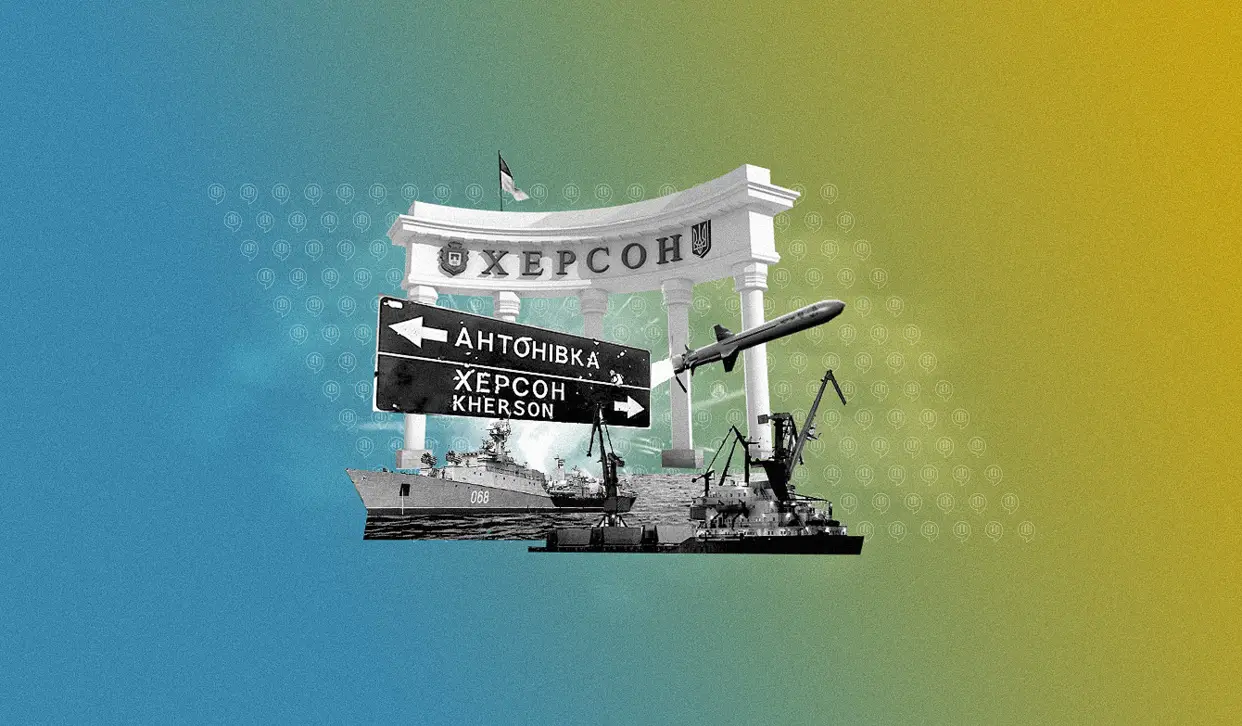
The core of Russia’s ideological justification for its invasion of Ukraine lies in the supposed “Russianness” of cities in Eastern and Southern Ukraine.
"Talk shows on Russian propaganda channels never tire of bringing up emperors who signed decrees founding the southern cities. They also highlight the predominance of the Russian language in the daily lives of local residents." Russian historians often emphasize that the city of Kherson was founded by Empress Catherine II and constructed under the direction of Russian Empire officials.
But is it so straightforward? For years, Russia systematically erased the city’s true history, obliterating original geographic names and any memory of the Zaporizhian Cossacks who once lived there.
At the onset of the full-scale invasion, the people of Kherson stood against Russian tanks with Molotov cocktails to prevent occupation. Even after the city fell, and despite Russian propaganda’s efforts to seed imperial narratives, the people never ceased their daily resistance. And by November 2022, the whole world watched as the people of Kherson welcomed the Ukrainian Armed Forces back into the city with tears of joy in their eyes.
To debunk Russia’s imperial claims over Ukrainian Kherson, we revisit the region’s history and to uncover who lived here over the last 300 years. Helping us delve into this is Kherson-based political scientist Volodymyr Molchanov, known for his in-depth research on the history of the region.
Is Kherson Older Than It Seems?
The area that is now Kherson has been inhabited since ancient times. Its favorable climate, abundant resources, and access to the sea made it a prime location for settlement. In the 4th–3rd centuries BC, Scythians lived here, leaving behind numerous burial mounds. Across the Dnipro River, in what is now Oleshky, historians see the “gateway to Rus.” This is where traders from abroad arrived, and the people of Rus welcomed foreign envoys.
Other settlements also existed in the lower Dnipro. According to the Oleshky city council’s website, Italian maps of the era referred to the Dnipro delta as Oleshia. Meanwhile, the Kherson Regional Library notes that the Arab geographer al-Idrisi mentioned the area in the 12th century, calling it Uliska or Mulisa.
After the Mongols conquered Rus, the region became part of the so-called Wild Fields — a frontier zone not firmly held by any single state but rather a “contact zone” for diverse cultures. In the late 14th century, Golden Horde Khan Tokhtamysh built a fortress on the site of modern-day Beryslav. The Tavan Crossing, which existed here, was part of a trade route connecting the Black Sea steppes with the Crimean Khanate.
In the early 15th century, this territory fell under the control of Lithuanian Prince Vytautas — or at least he believed it did.
By 1450, however, the Crimean Tatars regained control of the area, rebuilding the fortress and renaming it Kyzykermen. This spot on the map was strategic and needed defense. When the Tatars returned from raids with captives, it was an ideal place for their enemies to set up ambushes and seize the spoils. The Zaporizhian Cossacks, mentioned in written sources from the late 15th century (though bands of “free people” likely existed earlier), took advantage of this.
The lower Dnipro was ideally suited for the Cossacks’ fortified camps. Rapids protected them from enemy attacks, while the land rich in diverse wildlife provided food between military campaigns. Memories of the Cossacks remain in the place names of local settlements. For example, a village that became part of Kherson is called Zymivnyk. However, when Tatar control strengthened, it hindered the Cossacks’ raids. As a result, it was advantageous for the Zaporizhian Cossacks to attack Kyzykermen.
In 1670–1671, Cossack leader Ivan Sirko partially destroyed the fortress. In 1695, a combined Moscow-Cossack force led by Hetman Ivan Mazepa and Count Boris Sheremetev captured Kyzykermen. The Russian Empire saw the value in employing the Cossacks, skilled navigators of the steppes and experienced in fighting the Tatars.
However, the Russian Empire had no intention of returning the land to the Cossacks. Russian rulers long aspired to expand their territories to the Black Sea.
The Power of Naming
The wave of renaming in Ukraine that began in 2015 has occasionally sparked negative reactions. Critics argue that the focus should be on improving the economy, not changing street names. However, history shows that names are more than words — they are markers through which states define space and assert future claims.
After the Russo-Turkish War of 1768–1774, the territory of present-day Kherson became firmly part of the Russian Empire. Empress Catherine II decided to build a fortress there. Retaining Tatar or Turkish names was, of course, out of the question. Instead, the empress chose the name Kherson, referencing Chersonesus Taurica or medieval Korsun, which lay over 200 kilometers away. Why?
Chersonesus Taurica was an ancient Greek colony on the Crimean coast, established around the 5th century BC. Over its history, it became part of the Bosporan Kingdom, the Roman Empire, and, by the 5th century AD, the Byzantine Empire. The Orthodox Church believes that Prince Volodymyr of Kyiv was baptized in this city, which our ancestors called Korsun.
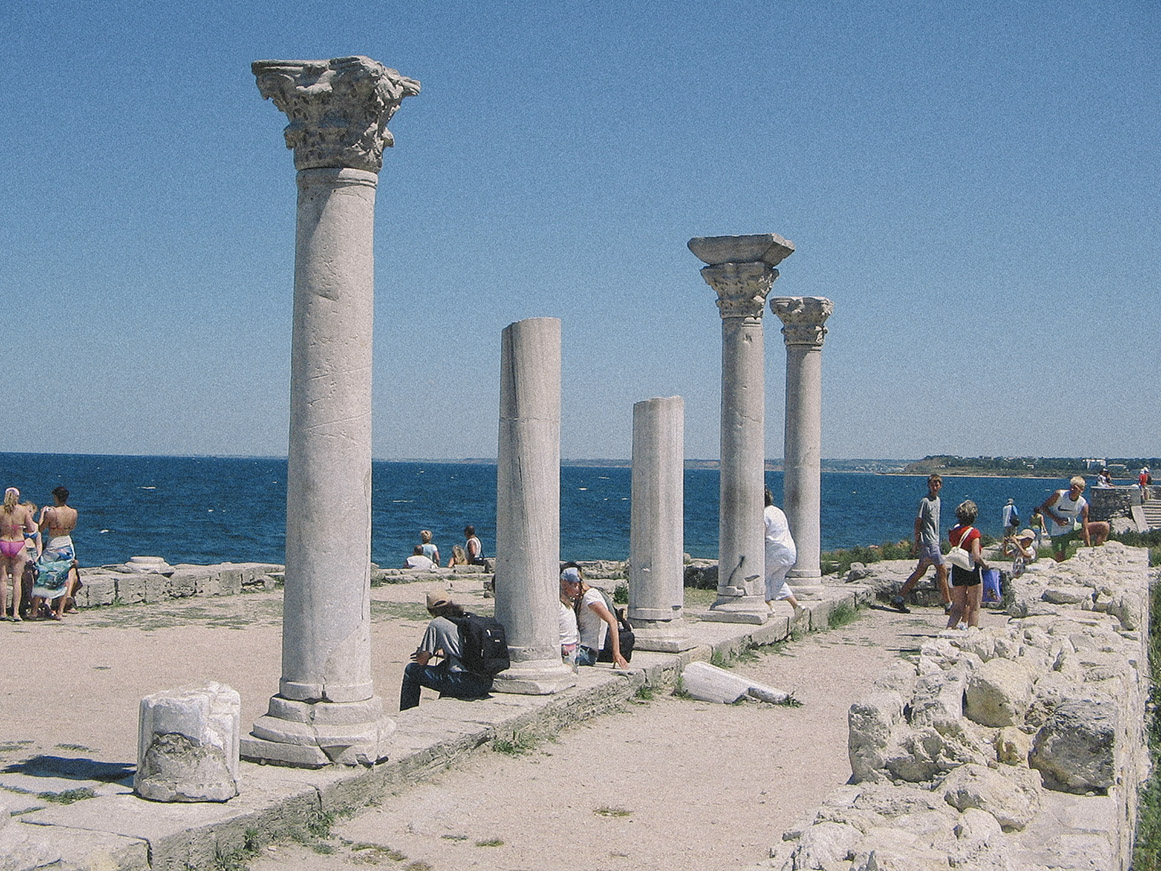
By naming the new fortress Kherson, Catherine II symbolically laid claim to the legacies of Kyivan Rus, Byzantium, and even ancient Greece. The empress openly aimed to fully annex Crimea (which she achieved in 1775) and hinted at her ambition to conquer Istanbul, the former Constantinople. Perhaps mocking her aspirations to become the “mistress of the seas,” locals joked that Kherson got its name because Catherine II failed to get a good night’s sleep there.
The new name symbolized a clean slate for the region’s history. No traces of Tatar fortresses or Cossack outposts were to remain — the city was meant to be the “cradle of the Russian navy.”
Volodymyr Molchanov notes that today, local authorities show little interest in reviving Turkic or German names left by 19th-century colonists. For instance, Vynohradove was once called Chalbasy, and Strilkove was Chakrak. These and other toponyms could remind us of the region’s turbulent history of settlement.
When Was Kherson Really Founded?
Modern Ukrainian historians, like their Soviet predecessors, generally date Kherson’s founding to 1778. That year, the settlement at the mouth of the Dnipro River was officially named, and Catherine II commissioned architect Mikhail Vetoshnikov to build a new fortress. However, settlements in this area existed long before.
Seventeenth-century maps show a settlement called Bilykhovychi at the site of modern Kherson. This settlement likely declined, but in 1737, during a joint campaign against Ochakiv, Ukrainian Cossacks and the Russian army built a fortification here called Oleksandr-Shants or Oleksandrivskyi Shanets. Though its wooden structures were far from a proper fortress, the empire used this outpost in subsequent campaigns against Crimea.
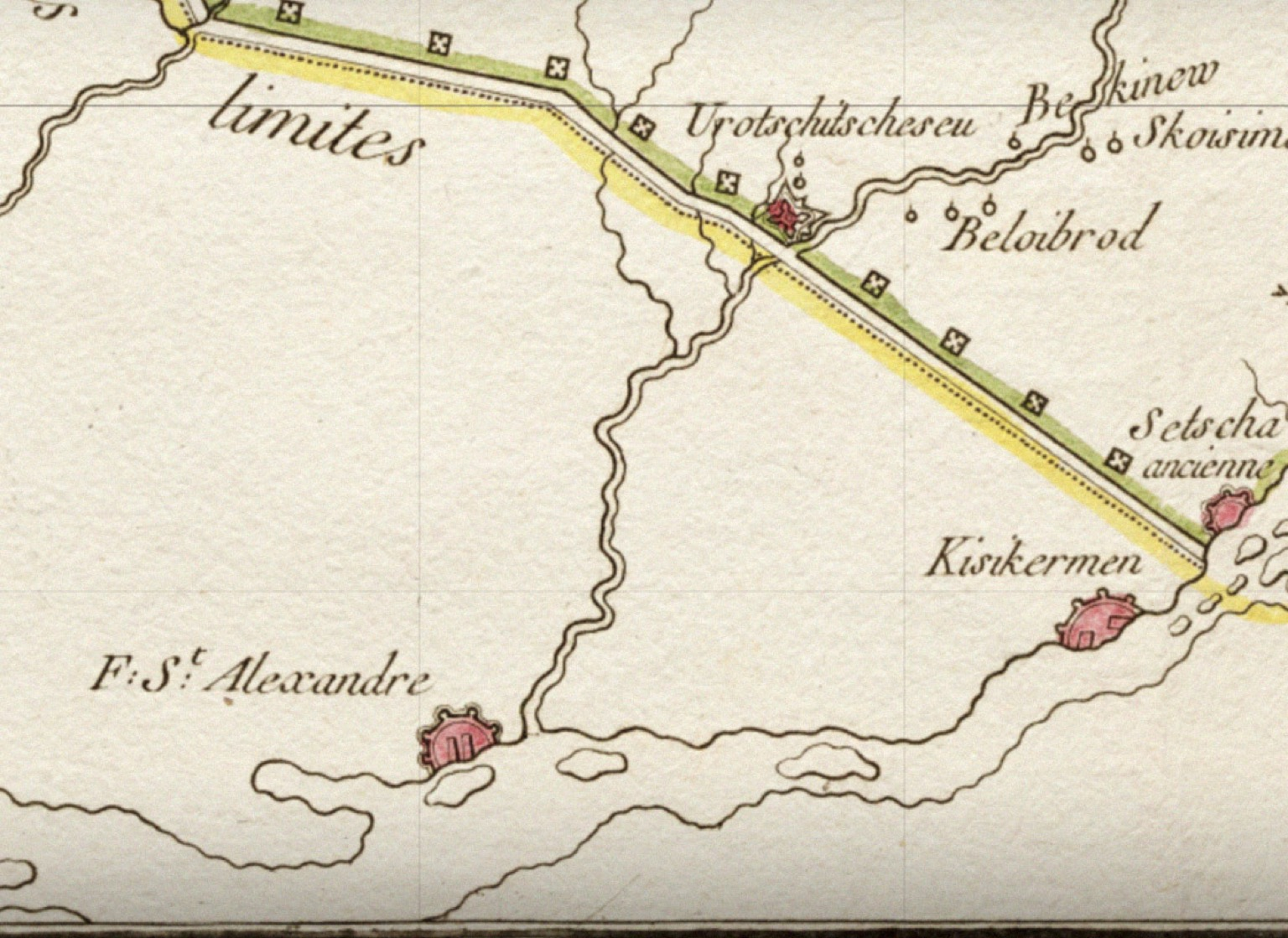
Volodymyr Molchanov points out that near this fortification, there was a settlement the Cossacks called Perevizka. Its residents worked ferrying salt from the Kinburn Spit — the Zaporizhian Cossacks’ only access to the Black Sea, a privilege granted to them by the Crimean Khan. Over time, Perevizka became part of Kherson. It is well-documented that during the era of the New Sich, under the Russian Empire’s protection, this area served as the center of the Inhul Palanka (a Cossack administrative district).
In 1778, under the orders of Catherine II, the governor of Malorossiya, Count Pyotr Rumyantsev, renamed the settlement Kherson and built a second-class fortress and a shipyard there. By then, Zaporizhian Cossacks were already living in the area.
Molchanov notes that the count relocated five thousand craftsmen from Malorossiya to Kherson. These settlers moved with their families, forming the ethnic foundation of the future city.
Meanwhile, retired Russian soldiers — including invalids and convicts — were also resettled in Kherson. Most of them didn’t have wives. According to legend, Prince Potemkin gave each soldier a gold coin, told them to buy a house, and ordered them to marry.
Molchanov believes that most of these soldiers never formed families. After 25 years of service, many were in poor health, and the gold coin wasn’t enough to buy property. As a result, former soldiers often lived in dugouts in the steppe.
However, the empire’s approach is quite telling: to prevent the city from being populated exclusively by Ukrainians and to create a highly mixed population. Free trade through the Bosporus attracted Italian and Greek merchants, who purchased land, built houses, and engaged in both legal and illegal timber trade.
The fortress built on the site of Oleksandr-Shants followed the best military standards of its time. It was protected by moats, earthen ramparts, and 220 cannons. The city itself was divided into four parts: the fortress, the Military Quarter, where soldiers lived, the Northern Quarter, and the Greek Quarter, home to merchants.
“During the reign of Empress Catherine II, this land was seized by collaborators — families such as the Bezborodkos, the Rozumovskys, and the Zahradskys. These were the individuals who imposed serfdom on the local population. Before that, local residents paid rent or taxes but remained personally free,” Molchanov explains.
There were, however, landowners who favored free labor and adopted a more capitalist approach. One notable example was Colonel Dmytro Ovsiannyk-Kulykovsky, who founded the settlement of Kakhovka. Another example was German landowners who bought land from those unlawful usurpers.
But who were they supposed to hire? People were fleeing obligations in the Ukrainian provinces, looking for the right to settle on this land in what were called slobodas. A sloboda was a tax-free settlement, and this kind of ‘freedom’ made it possible to start businesses — like building distilleries for vodka production.”
Unlike many other cities, Kherson had a predominantly Ukrainian population from the time of its founding. This demographic makeup played a key role in shaping the city’s later history.”
Erased History: The German Settlements of the Kherson Region
Ukrainians and Russians were not the only ones to settle the fortress and its surrounding lands. Although the 2001 census showed only 5,400 Crimean Tatars (0.17%), 1,700 Jews (0.14%), and no Germans left in the Kherson region, these groups once significantly influenced everyday life.
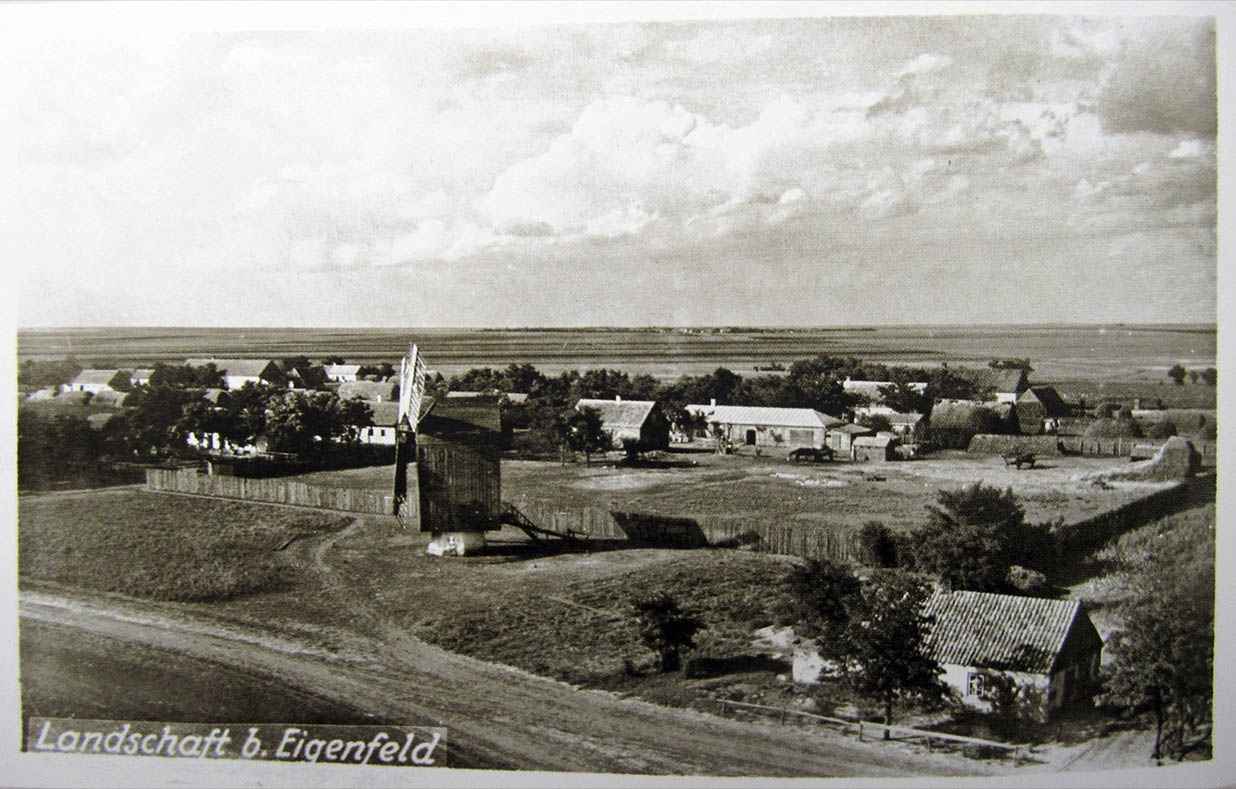
Modern maps bear no trace of German place names, reflecting the empire’s efforts to erase the region’s memory. During World War I, the government, driven by patriotic fervor, began renaming German settlements with Russian names, as Germany was an enemy of the Russian Empire.
The new names were often tied to noble families who had once owned the land—Kochubeivka, Zahradivka, and others. Nikolaifeld became Nikolskoye, Katerynendorf became Katerynivka, and Sofiyendorf became Sofiivka.
According to Volodymyr Molchanov, the German community in the Kherson region met a tragic fate.
“The tsarist government didn’t expel the Germans, but they suffered greatly during the Civil War. First, they faced terror from Makhnovists, who viewed them as wealthy bourgeoisie,” Molchanov explains.
The Mennonites suffered the most, as their faith forbade them from taking up arms. They defended their property without weapons, simply standing their ground, and if the Makhnovists couldn’t push them aside, they would kill them.
Approximately a third of the Mennonites were killed by the Makhnovists. Of the survivors, about 70% were executed or exiled by Stalin. Others were evacuated by the Nazis in 1944, with many men sent to concentration camps for refusing to serve in the Wehrmacht. In 1945, those who had ended up in East Germany were sent to Siberia by Soviet authorities for “betraying the Motherland.”
In the 1960s, a single German widow returned to Kochubeivka (formerly Tiege) and passed away there. With her, the history of the German community [in the Kherson region] came to an end.”
Russian Women from Ivanovo and Ukrainian Peasants with Passports
A new phase in Kherson’s development began in 1952 with the opening of the Cotton Mill (KhBK). Until then, the city’s population had remained around 70,000, and no new districts had been developed.
To staff the mill, several thousand women were brought in from the Russian city of Ivanovo. Many of them never married due to a lack of men. They settled in the eastern part of the city, which is still called KhBK after the mill. The workers from Ivanovo have mostly passed away, and those who remain alive are now over 90 years old.
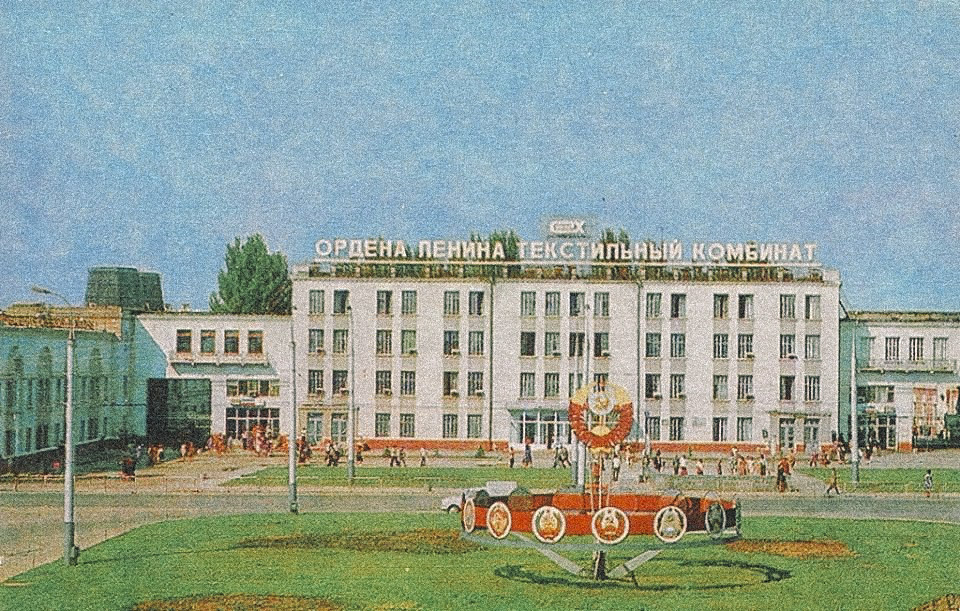
The trend of Russification was interrupted by the issuance of passports starting in 1976. In other southern and eastern cities, the spread of the Russian language was tied to the influx of workers from Russia as early as the 19th century. In Kherson, however, this shift occurred later, and even those who moved to the city came primarily from nearby villages or the Right Bank of Ukraine.
“Until 1974, [in Soviet villages] women needed permission to marry a man from another village — it was essentially a form of serfdom,” explains Volodymyr Molchanov, offering an example from his family’s history:
“My grandmother had to get such a permit after World War II to marry my grandfather. Her father refused to join the kolkhoz, so they killed him — ran him over with a tractor as he tried to protect his land from being plowed under by the collective farm.
My father didn’t get his passport right away — it took a year. But as soon as people got their passports, they all left the village. Some went to technical schools and later to universities, some didn’t, but no one from his birth year or the next stayed in the village.”
As a result, Ukrainians from nearby villages began moving to Kherson in large numbers.
Ukrainian Identity That Must Be Defended
Donbas could be called a “melting pot,” where people from all corners of the Russian Empire and Soviet Union arrived. Kherson, by contrast, didn’t have as many factories, so the local workforce was sufficient for the city’s needs.
When they arrived in Kherson, villagers often adopted Russian as part of the urban culture. Yet Ukrainian remained their native language.
Volodymyr Molchanov also highlights a distinctive trait of Kherson’s mentality:
“Another important factor is Kherson’s petite bourgeoisie. The proletarian subculture and mindset were common in both the tsarist empire and the Soviet Union. There was even a song that went, ‘My address is neither a house nor a street — my address is the Soviet Union.’ These people lacked national identity and a sense of roots; they would freely move around chasing the ‘long ruble.’
Not only was the proletariat in Kherson less influential than in other industrial cities, but it also vanished just in time — some lost their jobs, some left to find better opportunities, some became ‘small-time bourgeois,’ and some drank themselves into oblivion. Ultimately, Kherson’s petite bourgeois nature prevailed, creating Russian-speaking people who were undeniably Ukrainian in character — flaws and all."
According to the political scientist, it was these two factors — ethnic and psychological — that saved the city from occupation in both 2014 and 2022.
During the 2014 “Russian Spring,” the Anti-Maidan movement failed to gain significant support among Kherson’s residents. Although the region was strategically crucial for Russia as a land corridor to Crimea, the idea of a “Kherson People’s Republic” was never realistic.
In 2022, during the occupation, Kherson’s residents showed daily resistance: tying blue and yellow ribbons around the city, passing information to the Armed Forces of Ukraine about Russian troop locations, and carrying out acts of sabotage against occupiers and collaborators. The Cossack spirit of the Dnipro floodplains prevented the city from being dragged back into the empire. Even Russian propagandists couldn’t produce a convincing narrative of “reunification” for their media.
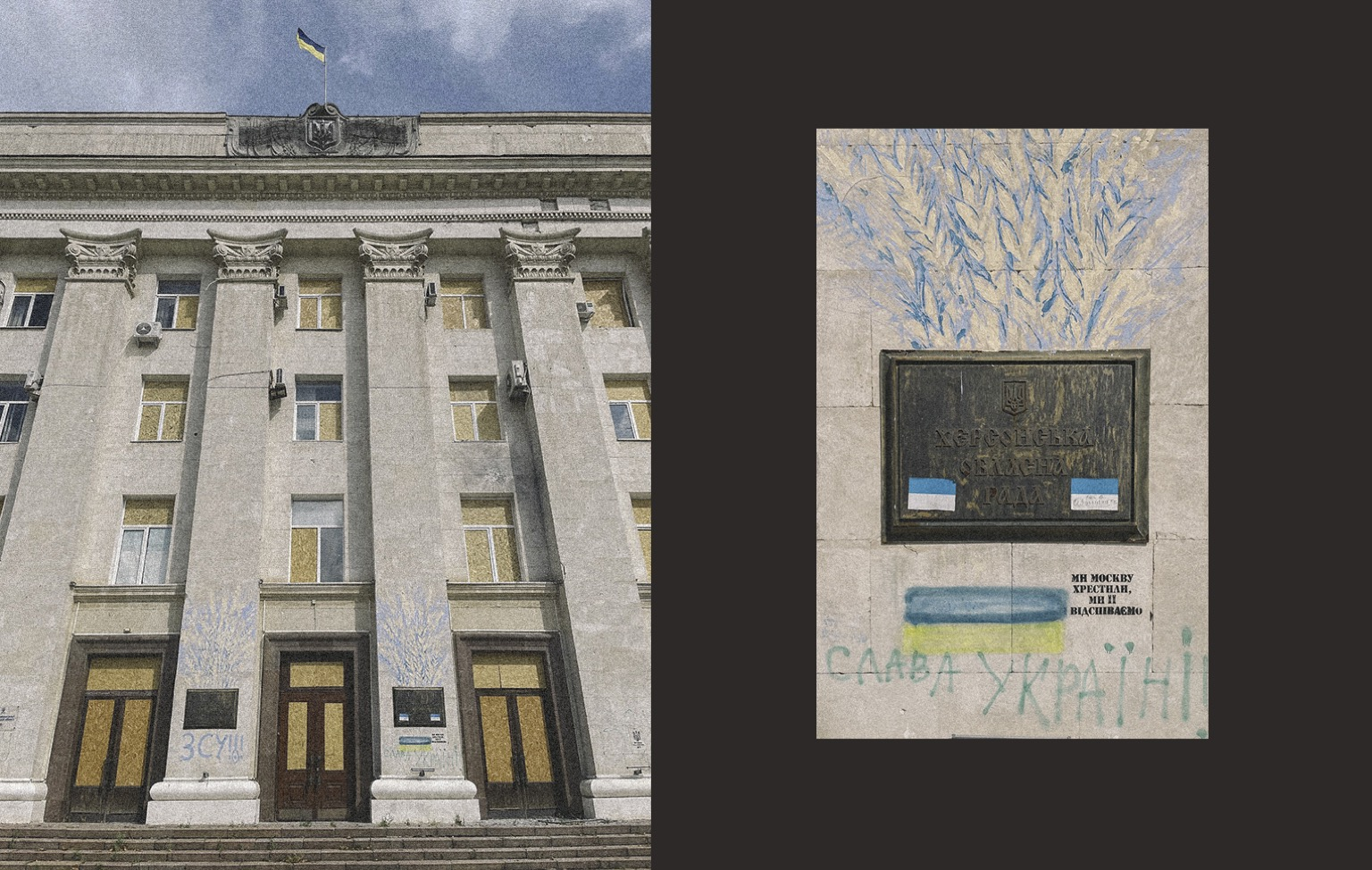
Conquerors often try to justify seizing foreign lands by appealing to “historical justice.” For example, the Nazis once claimed Kraków as an ancient German city based on the fact that some of its architects were German.
However, careful research into history clears away the imperial haze surrounding the past. Kherson was and remains a Ukrainian city, preserving its identity even under bombardment



